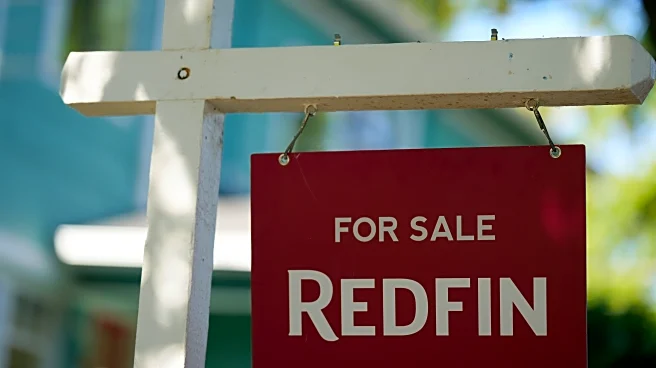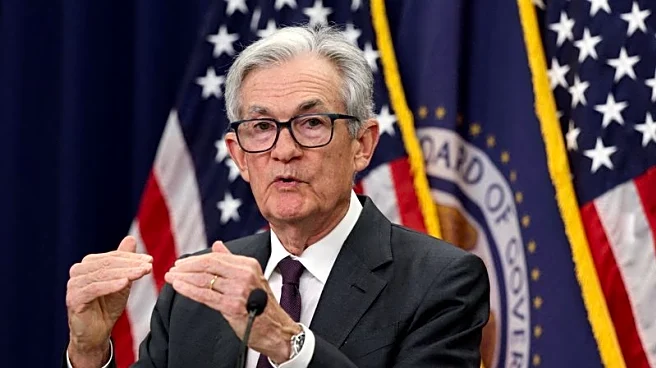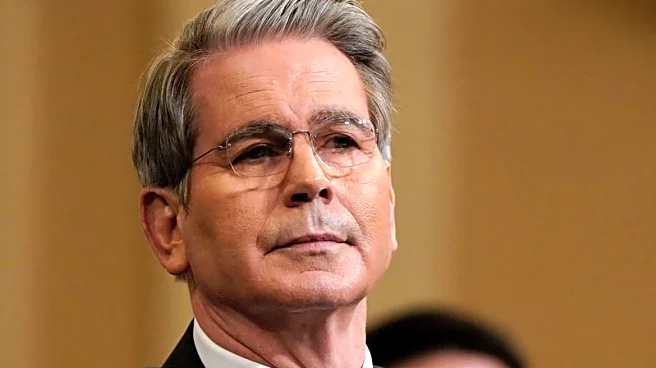What's Happening?
The average rate on a 30-year U.S. mortgage remains unchanged at 6.58%, marking the lowest level in nearly 10 months. This stability offers potential relief to homebuyers facing high financing costs. The rate is slightly higher than last year's average of 6.46%. Meanwhile, 15-year fixed-rate mortgages saw a slight decrease to 5.69%. High mortgage rates have contributed to a prolonged sales slump in the U.S. housing market, with home sales reaching their lowest level in nearly 30 years last year. Mortgage rates are influenced by factors such as the Federal Reserve's interest rate policies and bond market expectations.
Why It's Important?
Stable mortgage rates could provide a much-needed boost to the U.S. housing market, which has struggled with affordability issues. Lower borrowing costs may encourage more homebuyers to enter the market, potentially increasing sales and stimulating economic activity. However, the rates remain relatively high, posing challenges for affordability. The Federal Reserve's interest rate decisions and economic indicators will continue to play a crucial role in determining future mortgage rates. A potential rate cut by the Fed could impact inflation and bond yields, influencing mortgage rates further.
What's Next?
Economists expect mortgage rates to remain near the mid-6% range this year, which may not be low enough to significantly increase home sales. The housing market slowdown is prompting sellers to offer incentives, but affordability remains a key issue. The Federal Reserve's upcoming interest rate decisions will be closely watched, as they could affect mortgage rates and the broader economy. Prospective homebuyers and industry stakeholders will need to monitor these developments to assess market conditions and opportunities.













